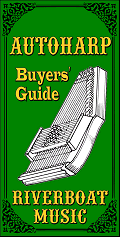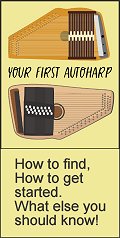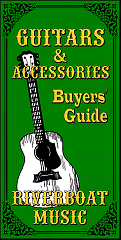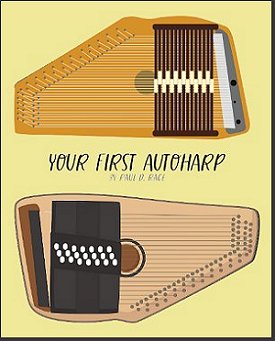 Welcome to HarpersGuild.com! |
 |
| 



| 
After about a decade of dabbling with autoharps and writing about my findings, I have met plenty of newbies looking for information that most long-time autoharp players know, but few newbies can track down easily. And some resources, such as Becky Blackley's excellent The Autoharp Book, are out of print and hard to find. This site is an attempt to gather what I've learned and to link to other reliable sources. We are still "filling in the gaps," but it's a start. In the meantime, we've been answering questions about two related instruments: zithers and bowed psalteries. Both are fun to play and can produce lovely sounds without much effort (though the zither is a little harder than the autoharp or bowed psaltery, to be honest). So this seemed like a good place to put those articles as well. (Our articles about another related instrument, the Appalachian dulcimer, will stay where they are for now, on the CreekDontRise Appalachian Dulcimer page.) Our HarpersGuild Facebook page lets you ask questions or contact me privately through direct messaging.
Learning to play an autoharp that is in repair and perfect tune is one thing. Owning an autoharp, is another. Countless readers who have acquired autoharps through gifts, inheritance, thrift shops, auction sites, or impulse purchases have no idea where to begin, what to look for, how to troubleshoot minor issues, and so on. Of course, we also have tips that ease you into playing all sorts of tunes. One reviewer has said it has more "meat and potatoes" than other, much more expensive books. Please click on the picture for more information. Our Online ResourcesHere is an index to the resources I have so far. Note: A few of these articles started out on our CreekDontRise.com site, but this site contains the updated, expanded - and in some cases corrected - versions. Search engines still pull up the old articles more often than not, but we've put a link in each of those to bring you to this site. Sorry for any inconvenience. You may hover over any topic to see the list of related articles. If your browser has trouble viewing the index below, please click here to see the same page with the articles all listed out.
Autoharp History Overview
Mountain Music, Bluegrass, and Autoharps
Ivan Stiles' "The True History of the Autoharp"
The 5-Chord Wonder
OS 15-Chord Appalachians
Early Autoharps Video
Early Autoharp Chord and Note Numbers
Shifter Autoharps
Hopf Autoharps
Musima Autoharps
Autoharp Precursors and Competitors
Tweaking Autoharps Overview
15-Chorder Tweaking Overview
Chromatic 21-Chord Tweaking Overview
Making Your Autoharp Folk- and Bluegrass-Friendly
Simplest Folk Chord Addition for 21-Chorders
Making Your OS73C Folk- and Bluegrass-Friendly
Video: Cutting New Chord Bars for an OS73C
Tweaking the Appalachian and Bluegrass
What is a Diatonic Autoharp?"
George Foss' G/D Recommendations
Since my autoharp journey started, I have written and rewritten any number of articles, and done autoharp workshops at several Folk festivals, where I learned the questions that many people have about the things but are afraid to ask. As a longtime Folk singer, I can't help bringing my own POV to some topics, like tweaking autoharps to make them play in keys that Folk, Bluegrass, Country, and other guitar-based genres use. Some of my friends are deliriously happy playing Tin Pan Alley songs in flat keys, so, I'm just trying to say, there's room for a lot of different approaches and preferences. Don't let what anyone says about your autoharp or your autoharp playing intimidate you. Even me. :-)
And please stay in touch!
|
|
All material, illustrations, and content of this web site is copyrighted ? 2001, 2002, 2003, 2004, 2005, 2006, 2007, 2008, 2009,
Note: Creek Don't Rise (tm) is Paul Race's name for his resources supporting the history and music of the North American Heartland as well as additional kinds of acoustic and traditional music. For questions, comments, suggestions, trouble reports, etc. about this page or this site, please contact us.
| |||||||||||||||||||||||||||||||||||||||||||||||||||||||||||||||||||||







































